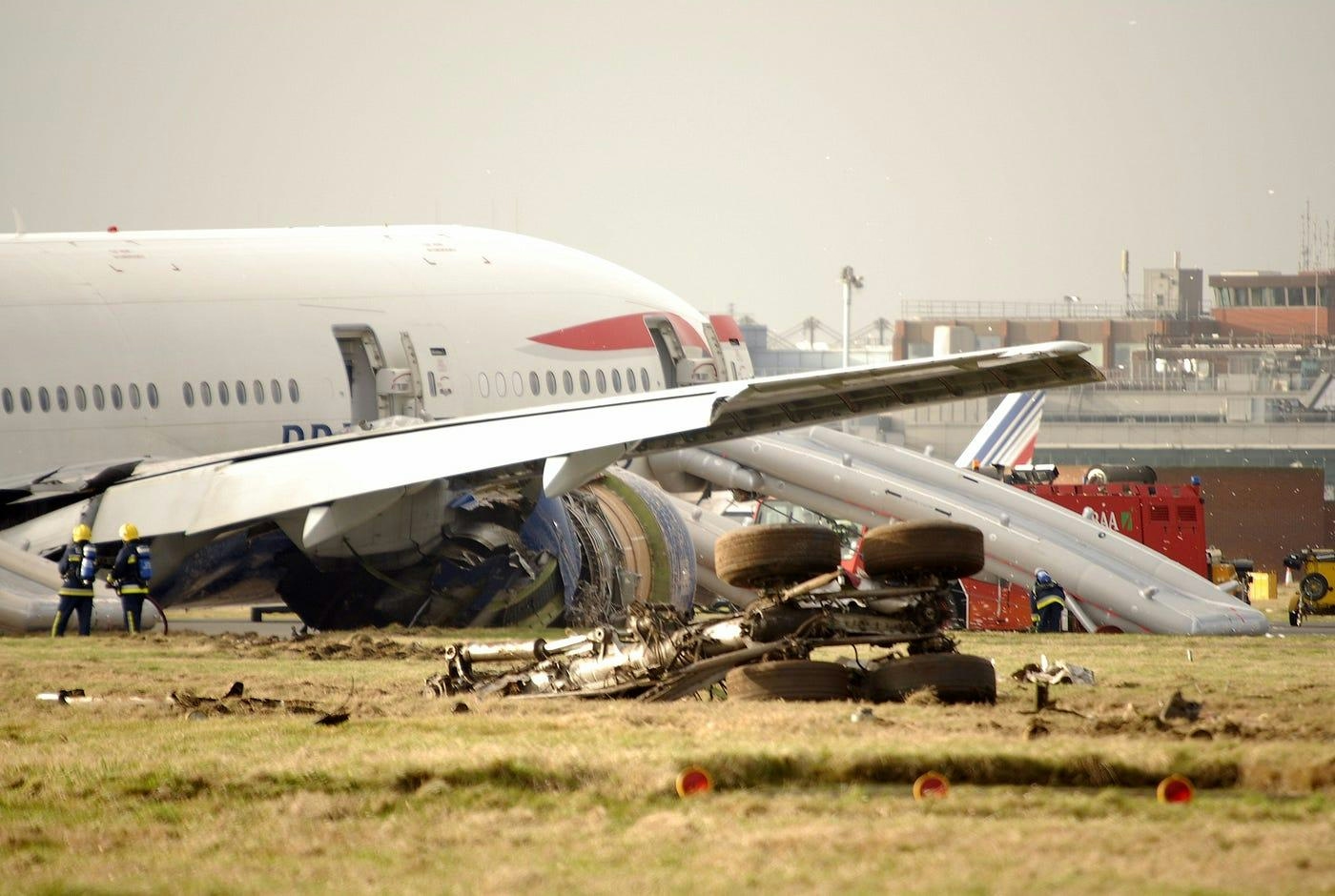
Умная почта, быстрый бизнес. Автоматически помечайте, анализируйте и отвечайте на запросы, котировки, заказы и многое другое — мгновенно.
В тренде
Categories
AAR and AFI KLM E&M to Form Joint Venture in Asia-Pacific

AAR and AFI KLM E&M to Establish Joint Venture in Asia-Pacific for Advanced Nacelle MRO Services
AAR and Air France Industries KLM Engineering & Maintenance (AFI KLM E&M) have entered into an agreement to create a joint venture focused on maintenance, repair, and overhaul (MRO) services for next-generation aircraft nacelles in the Asia-Pacific region. The new entity will operate from AAR’s facility in Chonburi, Thailand, providing a comprehensive suite of services including on-wing and on-site inspections, alongside extensive parts availability to support customers throughout the region.
Strategic Collaboration to Enhance Regional MRO Capabilities
This partnership combines AAR’s independent MRO expertise with AFI KLM E&M’s extensive global airline and maintenance capabilities, positioning the joint venture to deliver robust support tailored to the evolving demands of the Asia-Pacific aviation market. Both companies have underscored their commitment to maintaining high service standards while addressing the dynamic needs of aircraft operators.
Benjamin Moreau, Senior Vice President of Strategy & Business Development at AFI KLM E&M, highlighted the strategic value of the collaboration, stating, “This partnership with AAR strengthens both our positions in the Asia-Pacific region. Our expertise, local proximity, and sustainable supply chain will ensure superior MRO services with enhanced efficiency, reliability, and part availability.” Jim Berberet, AAR’s Senior Vice President of Component Services, added that the joint venture will expand nacelle capabilities and support a broad network of operators, with plans to cover additional engine nacelle types in the future.
Regulatory and Competitive Landscape
The formation of the joint venture remains contingent upon regulatory approval, a process that may involve navigating complex requirements across multiple jurisdictions in the Asia-Pacific region. Ensuring seamless operational integration and managing potential supply chain disruptions will be critical challenges for the new entity.
The announcement is expected to intensify competition among MRO providers in the region. Industry analysts anticipate that major players such as Rolls-Royce and GE Aviation may respond by enhancing their engine leasing and MRO services or pursuing new strategic partnerships to safeguard their market positions. This competitive environment is likely to stimulate further innovation and broaden service offerings within the sector.
Upon receiving regulatory clearance, the joint venture will bolster the global network for nacelle services, providing Asia-Pacific operators with improved access to advanced MRO solutions and parts availability.
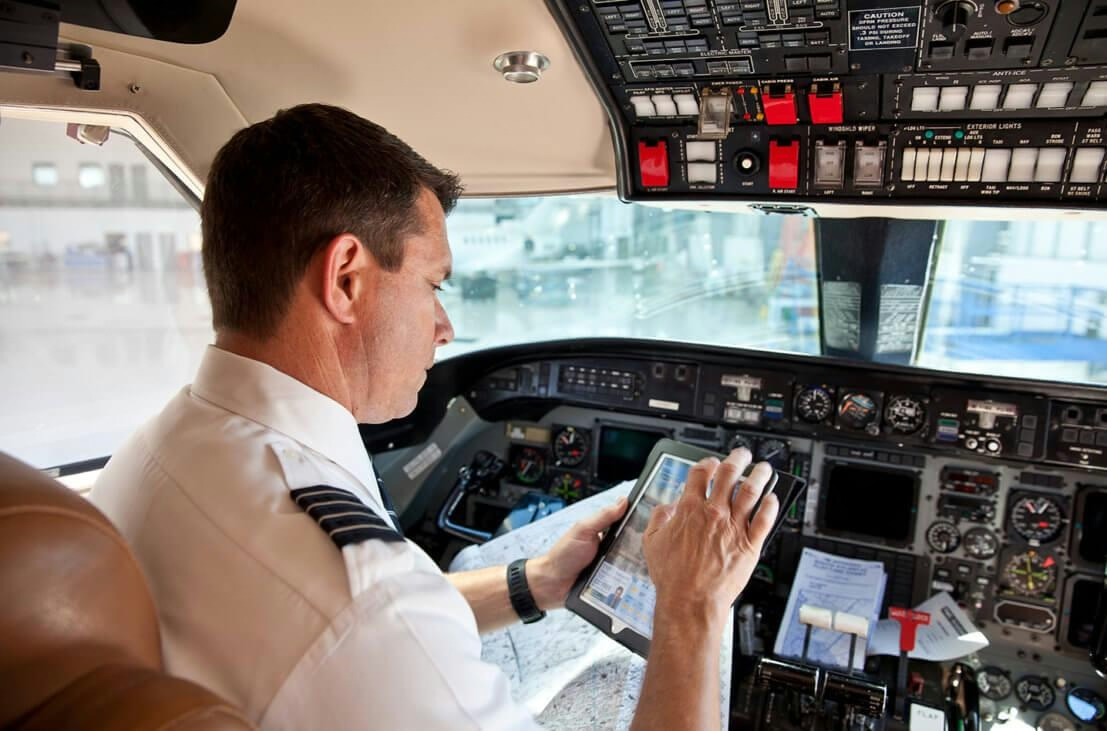
Advances in Aviation Safety Through Aerospace and Cybersecurity Integration
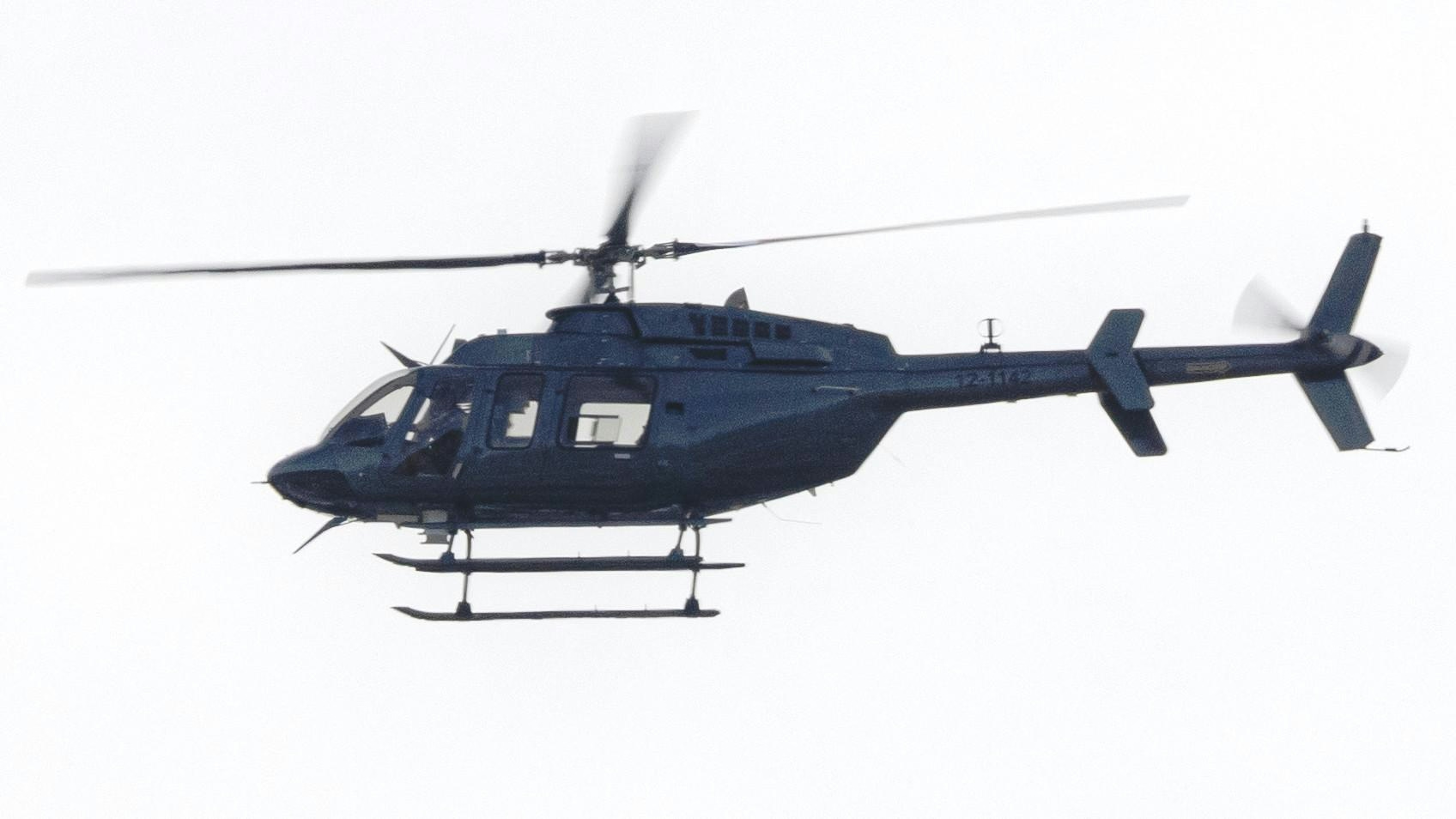
High Performance Helicopters Marks 20 Years in Operation
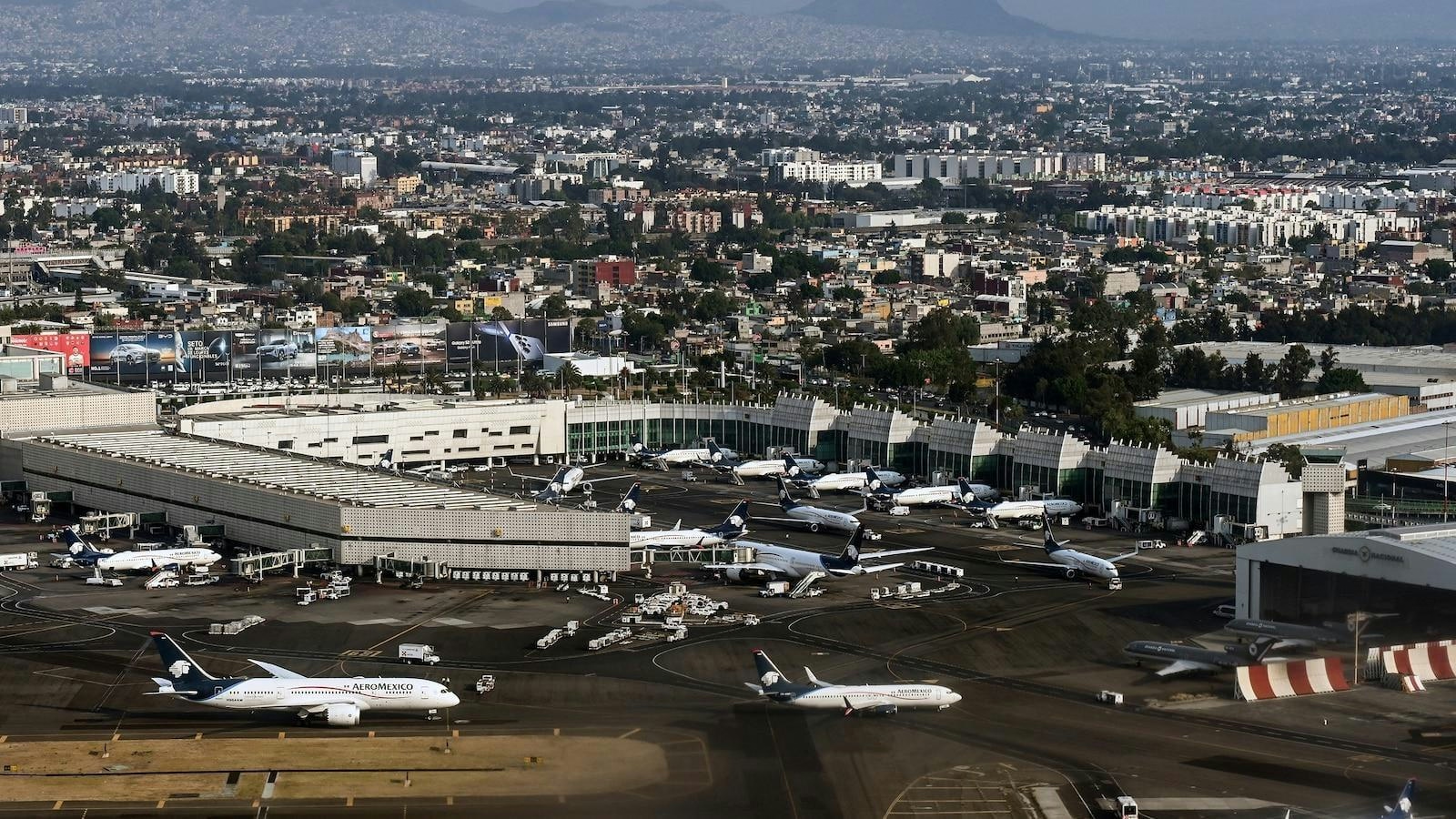
Mexico City International Airport to Return Slots to U.S. Airlines

Joby Aviation and Archer Aviation Compete in the Emerging Urban Air Mobility Market

Brazil's Flapper Acquires Black Aviação, Launches Fractional Ownership Service

India Aims to Double Number of Airports by 2047
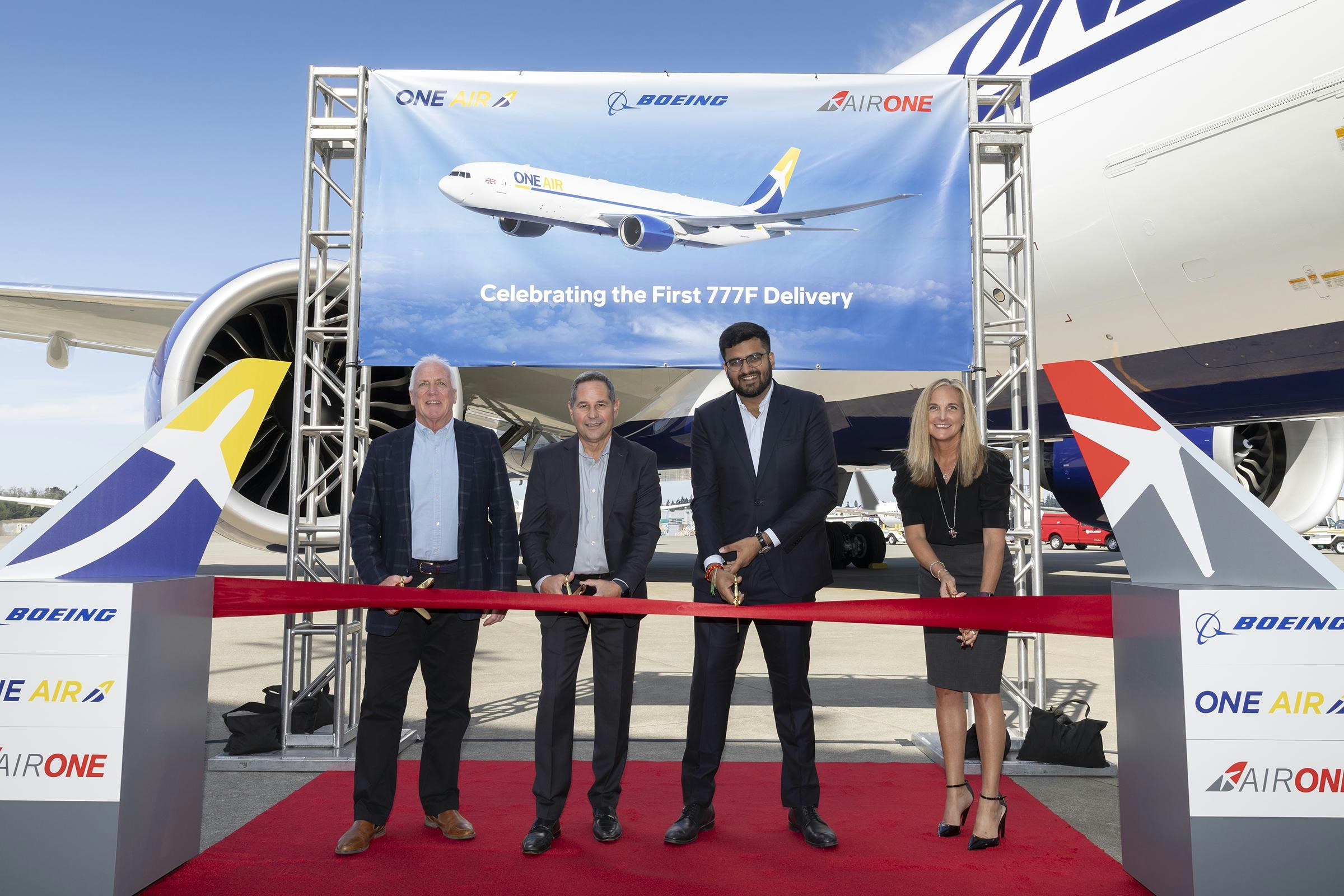
Air One Receives First New Boeing 777 Freighter

The Boeing Widebody Trijet That Never Took Flight
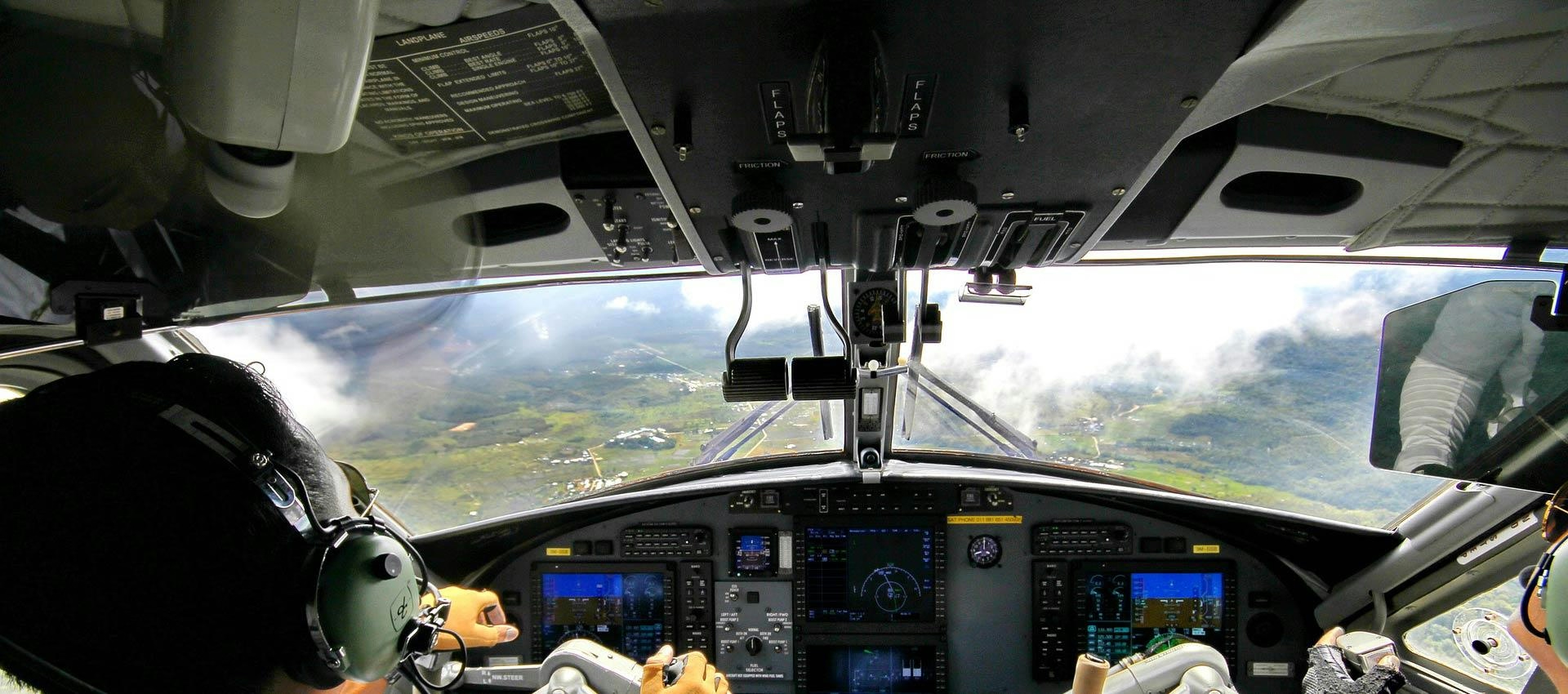
New Pilot Training Center to Open in Mumbai
